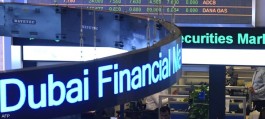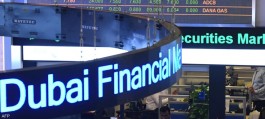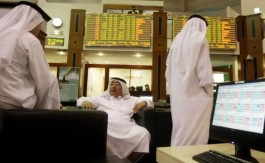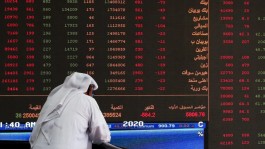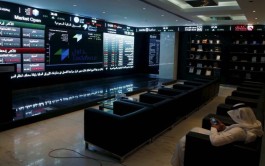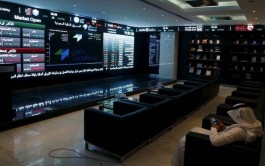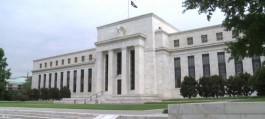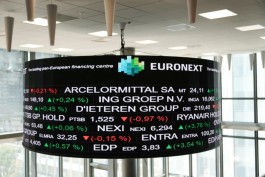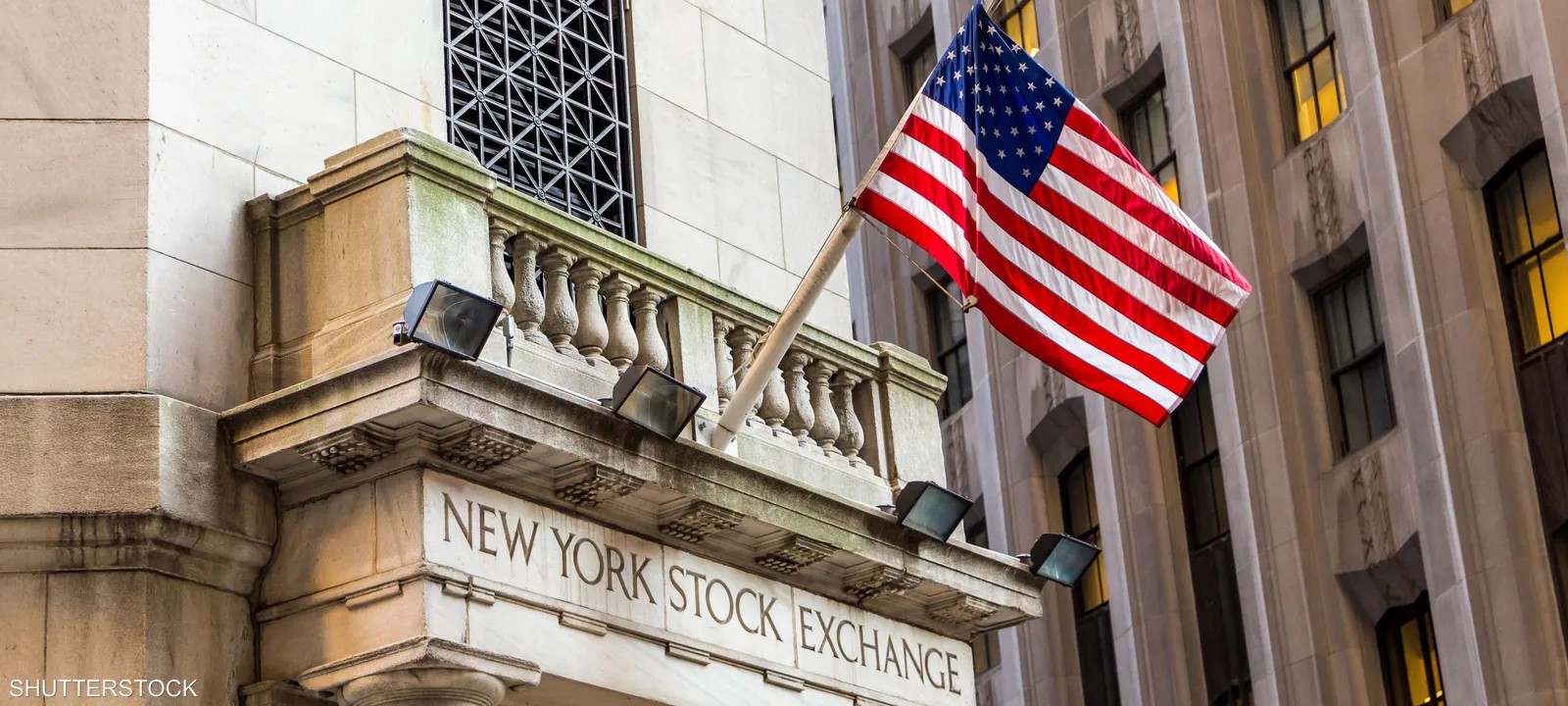U.S. stocks took a breather after their longest weekly winning streak this year, as traders braced for a key earnings season from companies such as Boeing, Tesla and United Parcel Service (UPS).
Stocks have retreated from near-overbought levels after a series of sustained gains to new record highs. In another sign of how overextended the market is, the S&P 500 has gone about 30 sessions without a consecutive loss. While a month without a consecutive losing session may not seem like much, the current streak is among the best since 1928, according to data compiled by SentiminTrader.
The index remains overbought across multiple time frames and remains vulnerable to short-term profit-taking, said Dan Wantropski, director of research at Janney Montgomery Scott.
Wall Street faces a big earnings challenge this week, with about 20% of the S&P 500 companies due to report. The latest Bloomberg Markets Live Pulse survey shows that respondents consider U.S. corporate earnings to be more important to stock market performance than the outcome of the November election or even the path of Federal Reserve policy.
Mass retreat
The S&P 500 fell 0.4%, while the Nasdaq 100 fell 0.1%. The Dow Jones Industrial Average fell 0.9% and the Russell 2000 fell 1.5%.
Homebuilder stocks also fell, with United Parcel Service down 3% after a sell recommendation from Barclays. Most major companies were lower, except Nvidia, which was on track to hit a new record, while Boeing rose 2.7% after reaching a tentative agreement with its union.
The yield on the 10-year Treasury note rose 9 basis points to 4.18%. Expectations that Federal Reserve officials will leave interest rates unchanged in November have grown as the U.S. economy continues to strengthen, according to Torsten Slok, chief economist at Apollo Management. Futures traders are pricing in a 20 basis point cut next month, less than a full quarter point.
Meanwhile, oil prices rose as China again moved to boost its economy, while traders monitored supply risks amid tensions in the Middle East.
Volatility is rising in options on stocks, bonds and currencies alike as investors pay more for hedging. The risks are driven by several obvious factors, including the heated US election, interest rate decisions in the US and Europe, the threat of wider conflict in the Middle East and quarterly earnings. In the stock market, implied volatility is outpacing actual changes as investors prefer downside protections to bullish call options.
“Risk management has forced investors to over-heave because of a number of events happening at the same time,” Charlie McElligott, a multi-asset strategist at Nomura, said last week. “Investors everywhere seem to be obsessed with the ‘worst case scenario,’” he added. The market has always done well when this over-hedging has happened, he noted, with stocks up 13% on average a year later.
For his part, Matt Maley of Miller Tabak argues that regardless of the reason, we can’t blame investors for buying some protection in options or gold. “With the stock market being as expensive as it is (especially based on the price-to-sales ratio), it becomes more vulnerable than usual when these political and geopolitical issues become a major concern,” he added.
S&P500's 6-week winning streak
Stocks fell after the S&P 500 posted six straight weeks of gains. Adam Turnquist of LPL Financial noted that such winning streaks are relatively rare, having occurred only 53 times since 1950 (about 8% of all six-week periods).
Looking ahead, Turnquest explained that the index has historically averaged a 0.2% return in the following week, with 58% of those streaks extending to seven-week gains. The average returns for the next six and 12 months were 5.1% and 11.4%, respectively, with positive ratios above average for both periods.
He noted that while the market is entering a potentially volatile period ahead of the election, and faces resistance near the peak of bullish prices, historical data suggests that investors should buy into pullbacks, where momentum tends to continue after a six-week winning streak.
“We think there is room for continued gains in stocks, especially as markets enter a seasonally strong period of the year, with November and December historically being good months for stocks,” said David Laut of Abound Financial. “Earnings season is heating up, and we’ll soon hear from big tech companies and updates on their AI spending. For big tech companies, this is the quarter they need to prove they can deliver.”
Tesla is expected to face questions on its earnings call this week about production targets and regulatory challenges, after the launch of its new Cybertruck failed to excite investors and allay concerns about recent vehicle sales. Boeing will also have to calm growing investor concerns about production delays, labor disputes and running out of cash.
Hurricane Helen's impact on stocks
Results from UPS, Norfolk Southern Corp. and Southwest Airlines Co. are expected to reveal the combined impact of Hurricane Helene and a three-day dockworkers' strike on the East Coast in the fourth quarter.
Jeffrey Buchbinder of LPL Financial says expectations for third-quarter earnings are low, with analysts currently expecting just a 3% increase in S&P 500 earnings per share.
He added: “These low expectations and the supportive economic environment suggest that gains are possible. However, he noted that stocks may have already priced in the good results.”
Companies in the U.S. stock index that have beaten earnings estimates so far this season are getting more significant bonuses than in the previous four quarters, according to Morgan Stanley strategists led by Michael Wilson. They also noted that the breadth of the 2025 adjustments far exceeds typical seasonal trends.
“As is typical, the early days of earnings season are relatively strong in price action,” said Gina Martin Adams and Wendy Song, strategists at Bloomberg Intelligence. “Both beat and miss expectations lead to larger-than-usual price movements.”
They added that stocks that beat third-quarter earnings or revenue expectations, or both, generated an average one-day additional return of 2.1%, 2.3% and 2.6%, more than double the long-term average (over entire earnings seasons). And disappointing expectations led to even bigger price declines, of 3.8%, 2% and 3.7%.

